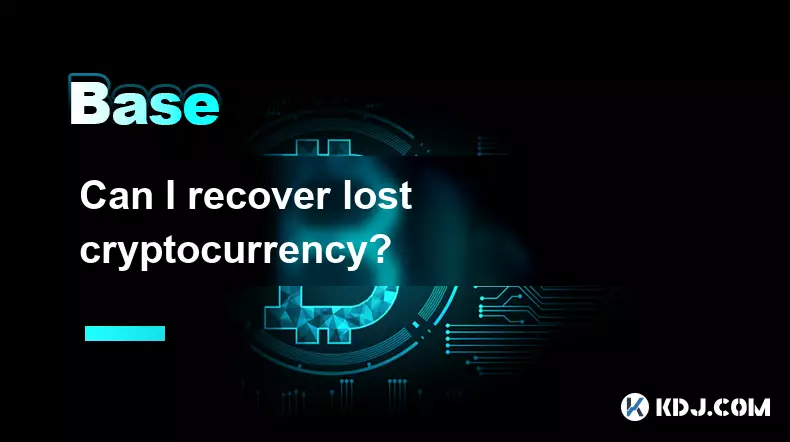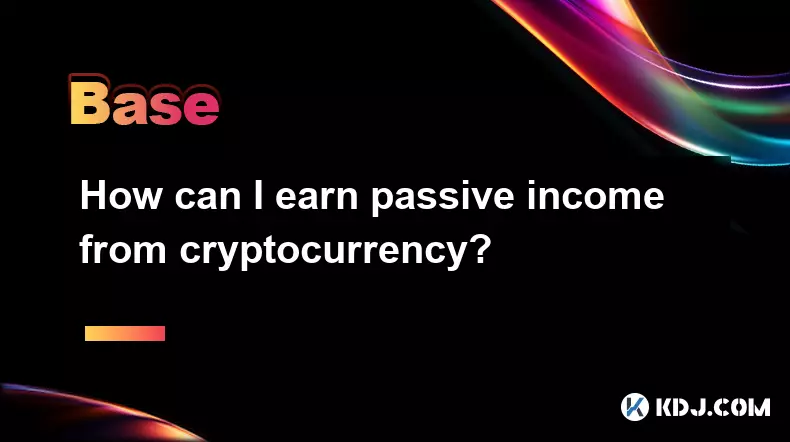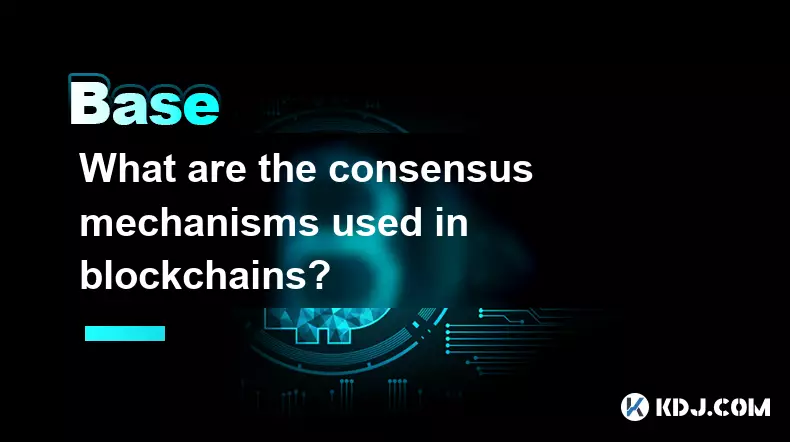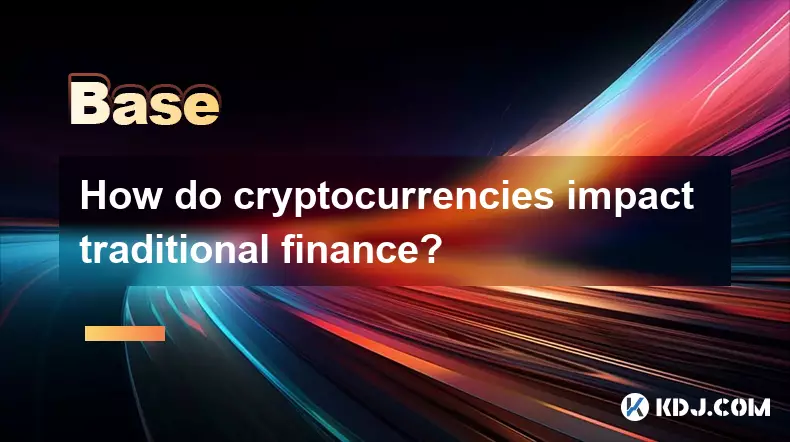-
 bitcoin
bitcoin $109667.069529 USD
-3.03% -
 ethereum
ethereum $3936.685804 USD
-4.07% -
 tether
tether $1.000493 USD
0.01% -
 xrp
xrp $2.771823 USD
-4.74% -
 bnb
bnb $957.805027 USD
-5.34% -
 solana
solana $196.735100 USD
-6.68% -
 usd-coin
usd-coin $0.999727 USD
-0.01% -
 dogecoin
dogecoin $0.227355 USD
-5.12% -
 tron
tron $0.335205 USD
-0.81% -
 cardano
cardano $0.779256 USD
-3.59% -
 ethena-usde
ethena-usde $0.999900 USD
-0.06% -
 hyperliquid
hyperliquid $42.492095 USD
-6.61% -
 chainlink
chainlink $20.501853 USD
-4.34% -
 avalanche
avalanche $28.952606 USD
-11.21% -
 stellar
stellar $0.356038 USD
-3.93%
What are gas fees in cryptocurrency transactions?
Gas fees on blockchains like Ethereum compensate validators for processing transactions, with costs varying based on network congestion, transaction complexity, and gas price set in gwei.
Sep 26, 2025 at 02:00 am

Understanding Gas Fees in Blockchain Transactions
1. Gas fees are payments made by users to compensate for the computing energy required to process and validate transactions on a blockchain network. These fees are essential for maintaining the integrity and functionality of decentralized systems, particularly on networks like Ethereum. Each operation, from transferring tokens to executing smart contracts, consumes computational resources, and gas fees serve as an incentive for miners or validators to include these operations in blocks.
2. The term 'gas' represents a unit that measures the amount of computational effort required to execute specific operations. Every action on the blockchain is assigned a certain gas cost based on its complexity. Simple token transfers require less gas compared to deploying complex smart contracts, which demand more processing power and storage.
3. Users must pay gas fees in the native cryptocurrency of the blockchain they are using. On Ethereum, this means paying in Ether (ETH). The actual fee is calculated by multiplying the gas limit—the maximum amount of gas a user is willing to spend—by the gas price, typically denominated in gwei, a subunit of ETH.
4. Network congestion plays a significant role in determining gas fees. When many users are sending transactions simultaneously, demand for block space increases. This competition drives up gas prices as users bid higher fees to have their transactions processed faster. During peak times, such as during NFT minting events or major market movements, gas fees can spike dramatically.
5. High gas fees can make small transactions economically impractical, especially when the fee exceeds the transaction value itself. This has led to user frustration and prompted developers to explore layer-2 scaling solutions and alternative blockchains with lower fees.
Factors Influencing Gas Fee Levels
1. Transaction complexity directly affects gas consumption. Sending ETH from one wallet to another uses less gas than interacting with a decentralized finance (DeFi) protocol that involves multiple contract calls, data verification, and state changes across the network.
2. Block space availability impacts pricing dynamics. Each block has a gas limit, constraining how many transactions it can include. When demand exceeds supply, users increase their offered gas prices to outbid others, leading to fluctuating costs.
3. Miner or validator preferences influence transaction selection. These participants prioritize transactions offering higher fees per unit of gas. As a result, users who set low gas prices may experience long confirmation delays or failed transactions.
4. Network upgrades can alter fee structures. For example, Ethereum’s EIP-1559 introduced a base fee that is burned rather than given to miners, along with a tip to incentivize priority inclusion. This change aimed to make fee estimation more predictable and reduce volatility.
5. External market conditions, including cryptocurrency price swings and macroeconomic trends, indirectly affect gas fee perceptions. Even if gas prices remain stable in gwei, rising ETH values increase the real-world cost of transactions.
Strategies to Manage and Reduce Gas Costs
1. Timing transactions during periods of low network activity can significantly reduce fees. Late-night hours UTC or weekdays outside major financial market openings often see reduced congestion and lower gas prices.
2. Using gas estimation tools helps users set appropriate fees. Wallets like MetaMask integrate real-time gas trackers that suggest low, average, and high fee options based on current network conditions.
3. Layer-2 solutions such as Optimism, Arbitrum, and zkSync offer cheaper alternatives by processing transactions off the main Ethereum chain and settling them later in batches. These platforms maintain security while drastically cutting costs.
4. Alternative blockchains with lower adoption rates, like Polygon or Avalanche, provide similar functionalities to Ethereum at a fraction of the cost. Migrating assets via bridges allows users to access DeFi and NFT ecosystems without enduring high Ethereum fees.
5. Setting custom gas limits prevents unnecessary spending. Overestimating gas can lead to wasted funds, while underestimating risks transaction failure. Accurate configuration ensures efficiency and cost control.
Frequently Asked Questions
What happens if I set too low a gas fee?Transactions with insufficient gas fees may remain unconfirmed for extended periods. Miners or validators typically ignore low-fee transactions until network demand drops. In some cases, the transaction gets dropped from the mempool entirely, requiring resubmission with a higher fee.
Can gas fees be refunded?Only the unused portion of the gas limit is refunded. If a transaction consumes 21,000 units of gas but the user sets a limit of 30,000, the remaining 9,000 units are returned. However, the total consumed gas, including any burned base fee, is non-refundable.
Why do different wallets show varying gas fee estimates?Wallets pull data from different sources or APIs that analyze current network conditions. Some may prioritize speed over cost-efficiency, while others use historical data patterns. Variations also arise due to differing interpretations of pending transaction volume and block inclusion probabilities.
Do all blockchains use gas fees?Not all networks use the term “gas,” but most proof-of-stake and proof-of-work systems require transaction fees to prevent spam and reward validators. Networks like Solana or Cardano have fixed or dynamic fee models that function similarly, though they don’t always expose gas mechanics directly to users.
Disclaimer:info@kdj.com
The information provided is not trading advice. kdj.com does not assume any responsibility for any investments made based on the information provided in this article. Cryptocurrencies are highly volatile and it is highly recommended that you invest with caution after thorough research!
If you believe that the content used on this website infringes your copyright, please contact us immediately (info@kdj.com) and we will delete it promptly.
- Big Rocking Horse, Coin, and Ice Cream: An Aussie Icon's Sweet Ride
- 2025-09-26 10:45:16
- Pi Network, Price Forecast, and the Meme Market: A New York Minute
- 2025-09-26 10:25:14
- AIXA Miner: Revolutionizing Bitcoin Mining with Cloud Solutions
- 2025-09-26 10:45:16
- Mid-Cap Altcoins: Crypto Buys with Breakout Potential
- 2025-09-26 10:50:01
- BullZilla Presale: Riding the Crypto Wave in September 2025
- 2025-09-26 10:50:01
- Litecoin ETF Buzz, XRP Breakout Dreams, and BlockDAG's Deployment: Crypto's Wild West in '25
- 2025-09-26 10:50:01
Related knowledge

Can I recover lost cryptocurrency?
Sep 25,2025 at 08:18am
Understanding the Nature of Cryptocurrency Loss1. Cryptocurrency operates on decentralized networks, meaning there is no central authority to reverse ...

How can I earn passive income from cryptocurrency?
Sep 23,2025 at 10:18am
Staking Cryptocurrencies for Regular Returns1. Many blockchain networks operate on a proof-of-stake (PoS) consensus mechanism, allowing users to earn ...

What are gas fees in cryptocurrency transactions?
Sep 26,2025 at 02:00am
Understanding Gas Fees in Blockchain Transactions1. Gas fees are payments made by users to compensate for the computing energy required to process and...

What are the consensus mechanisms used in blockchains?
Sep 24,2025 at 10:00am
Proof of Work and Its Role in Blockchain Security1. Proof of Work (PoW) is one of the earliest consensus mechanisms, first implemented by Bitcoin. Min...

How do cryptocurrencies impact traditional finance?
Sep 26,2025 at 05:54am
Disruption of Centralized Banking Systems1. Cryptocurrencies challenge the authority of central banks by offering decentralized alternatives to fiat c...

Is there a finite supply of Bitcoin?
Sep 23,2025 at 06:00am
Bitcoin's Fixed Supply Mechanism1. Bitcoin was designed with a hard cap of 21 million coins, making its supply finite and predictable. This limit is h...

Can I recover lost cryptocurrency?
Sep 25,2025 at 08:18am
Understanding the Nature of Cryptocurrency Loss1. Cryptocurrency operates on decentralized networks, meaning there is no central authority to reverse ...

How can I earn passive income from cryptocurrency?
Sep 23,2025 at 10:18am
Staking Cryptocurrencies for Regular Returns1. Many blockchain networks operate on a proof-of-stake (PoS) consensus mechanism, allowing users to earn ...

What are gas fees in cryptocurrency transactions?
Sep 26,2025 at 02:00am
Understanding Gas Fees in Blockchain Transactions1. Gas fees are payments made by users to compensate for the computing energy required to process and...

What are the consensus mechanisms used in blockchains?
Sep 24,2025 at 10:00am
Proof of Work and Its Role in Blockchain Security1. Proof of Work (PoW) is one of the earliest consensus mechanisms, first implemented by Bitcoin. Min...

How do cryptocurrencies impact traditional finance?
Sep 26,2025 at 05:54am
Disruption of Centralized Banking Systems1. Cryptocurrencies challenge the authority of central banks by offering decentralized alternatives to fiat c...

Is there a finite supply of Bitcoin?
Sep 23,2025 at 06:00am
Bitcoin's Fixed Supply Mechanism1. Bitcoin was designed with a hard cap of 21 million coins, making its supply finite and predictable. This limit is h...
See all articles










































































